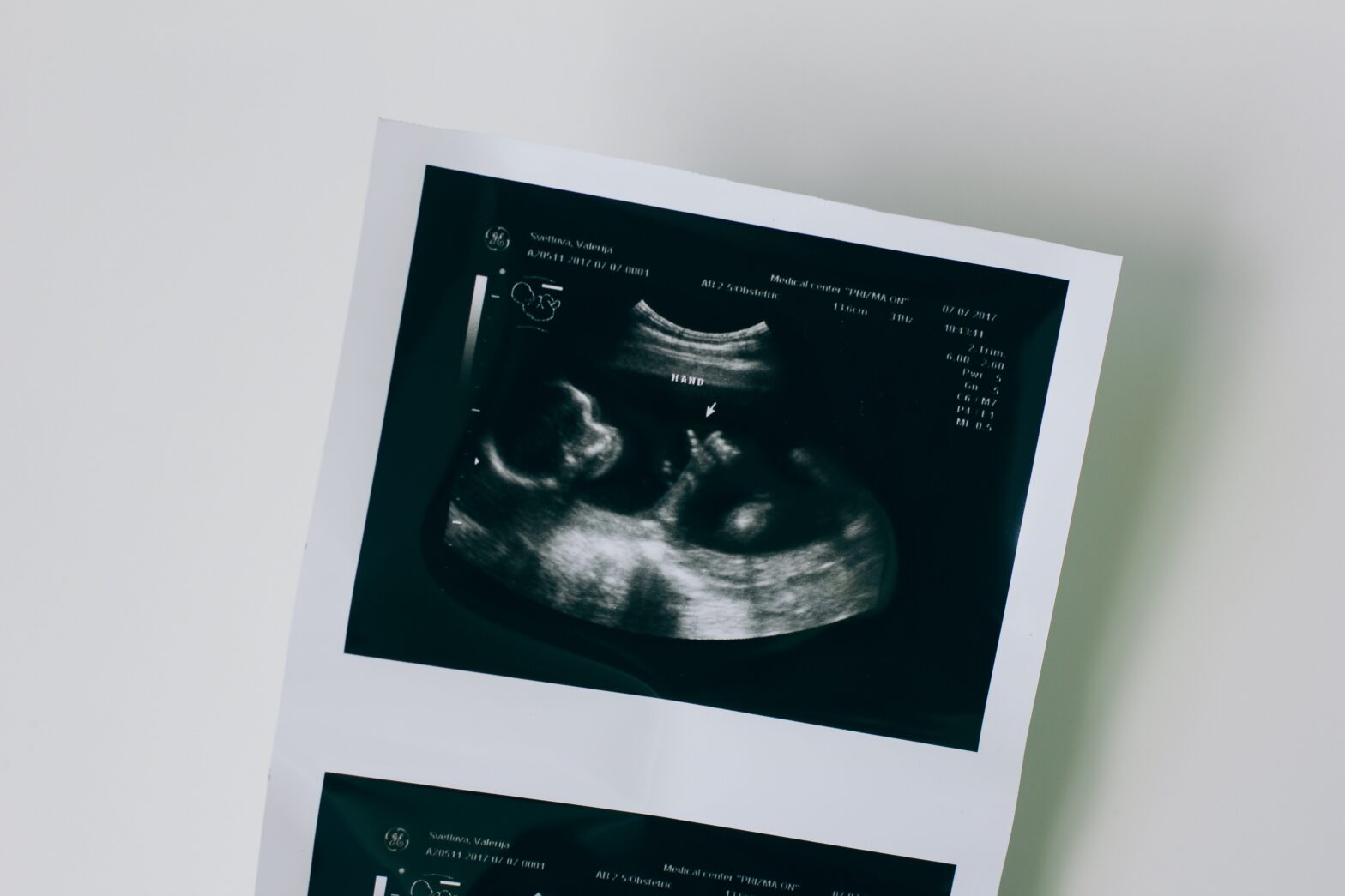Unravelling the secrets of ovulation, Nagoya University researchers reveal a cellular dialogue crucial to fertility.
Unravelling the secrets of ovulation, Nagoya University researchers reveal a cellular dialogue crucial to fertility, promising hope for a better understanding and consequently, enhanced treatment of reproductive disorders.
Scientists from Nagoya University have made a crucial discovery in the world of fertility and reproduction: a key piece in the complex puzzle of ovulation. They have highlighted the role of ‘purinergic signalling’, a process of communication between cells that’s vital for the function of the human body. Their research, published in The Journal of Neuroscience, could significantly advance our understanding of fertility and open new avenues for the development of more effective treatments for reproductive disorders.
At the heart of the research are the AVPV kisspeptin neurons, a niche network of cells instrumental in ovulation. Dysfunctions in these cells often result in fertility complications, therefore understanding their workings is paramount.
Using rat models for their studies, the researchers found that if they disrupted the purinergic signalling—think of it as a chat between cells—in the area where these APVP neurons are located, it stopped the usual rush of hormones that sets ovulation into motion. Simply put, when this cellular ‘chat’ was interrupted, ovulation didn’t occur.
The researchers also found an interesting link between the hormone oestrogen, which increases as an egg matures, and how the AVPV neurons respond to the cellular ‘chatter’. They noticed these neurons paid more attention to the cellular ‘chat’ as oestrogen levels rose.
What sets this research apart is the innovative methods the team used. They developed a unique strategy, which involved using a purinergic receptor antagonist, a drug that blocks cellular communication, alongside adenosine triphosphate, often referred to as the energy currency of cells. This allowed them to mimic the peaks and falls of hormone levels, providing them with a more intimate glimpse into the intricacies of the reproductive process.
However, this study is an initial exploration into the role of purinergic signalling in ovulation. Further research is needed to fully understand the role of this cellular communication and its influence on the sequence of events leading to ovulation. The team is already planning subsequent investigations, intending to improve treatments for individuals facing fertility issues.
The ongoing research promises to revolutionise our understanding of the complex processes driving ovulation and offer a beacon of hope to millions worldwide grappling with fertility issues. By uncovering the significant role of this cellular ‘chat’, scientists are one step closer to a new era in reproductive medicine, one where reproductive disorders may be better understood and more effectively tackled.


